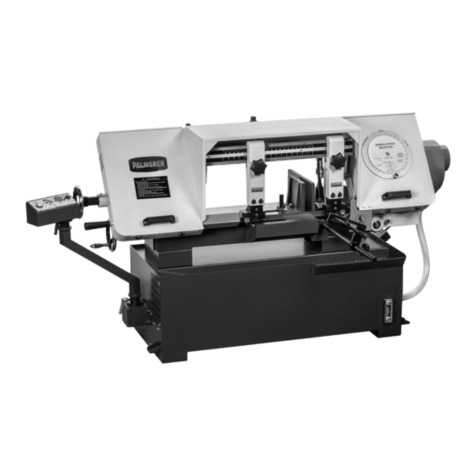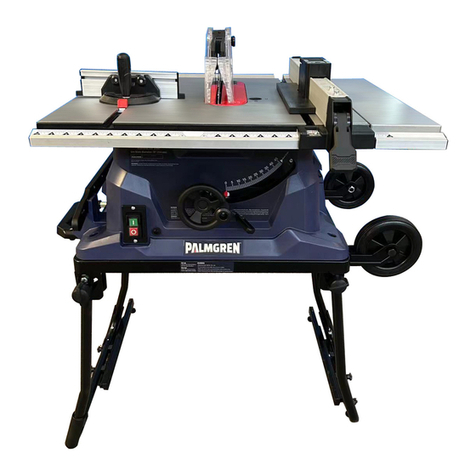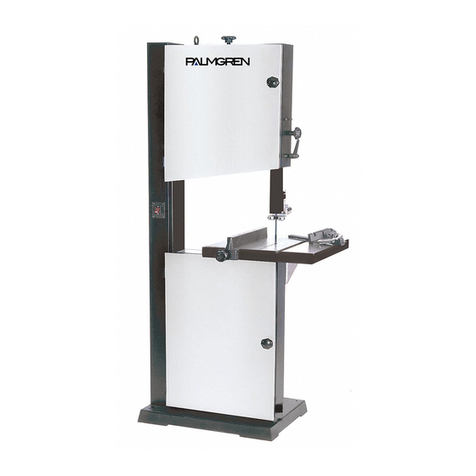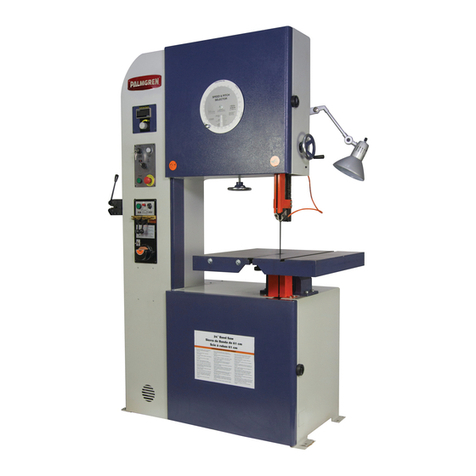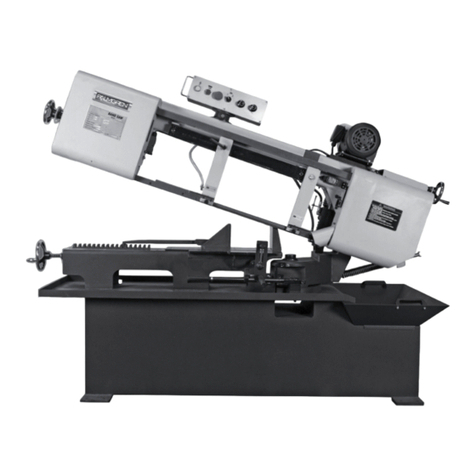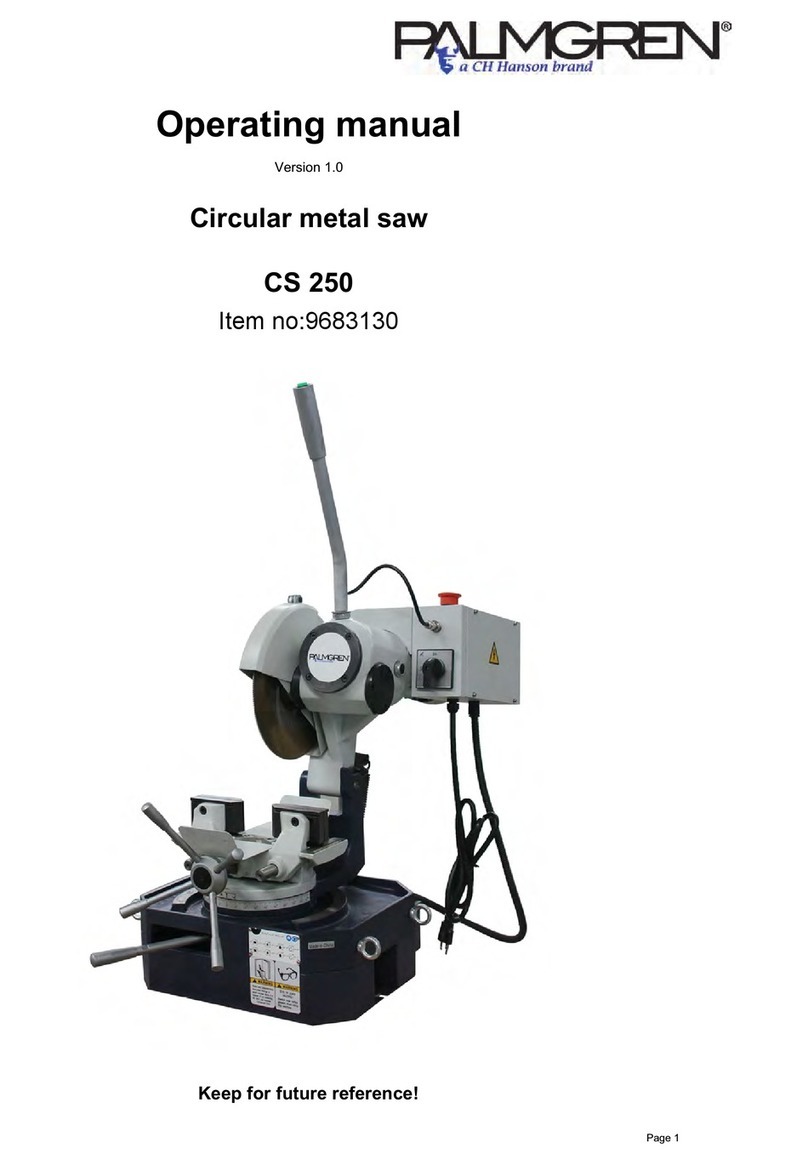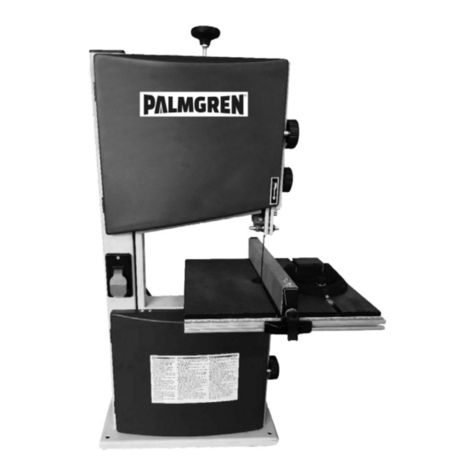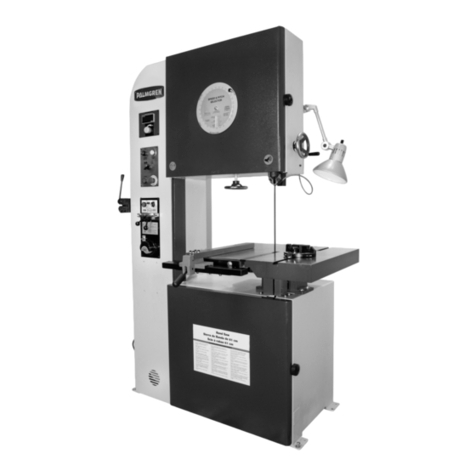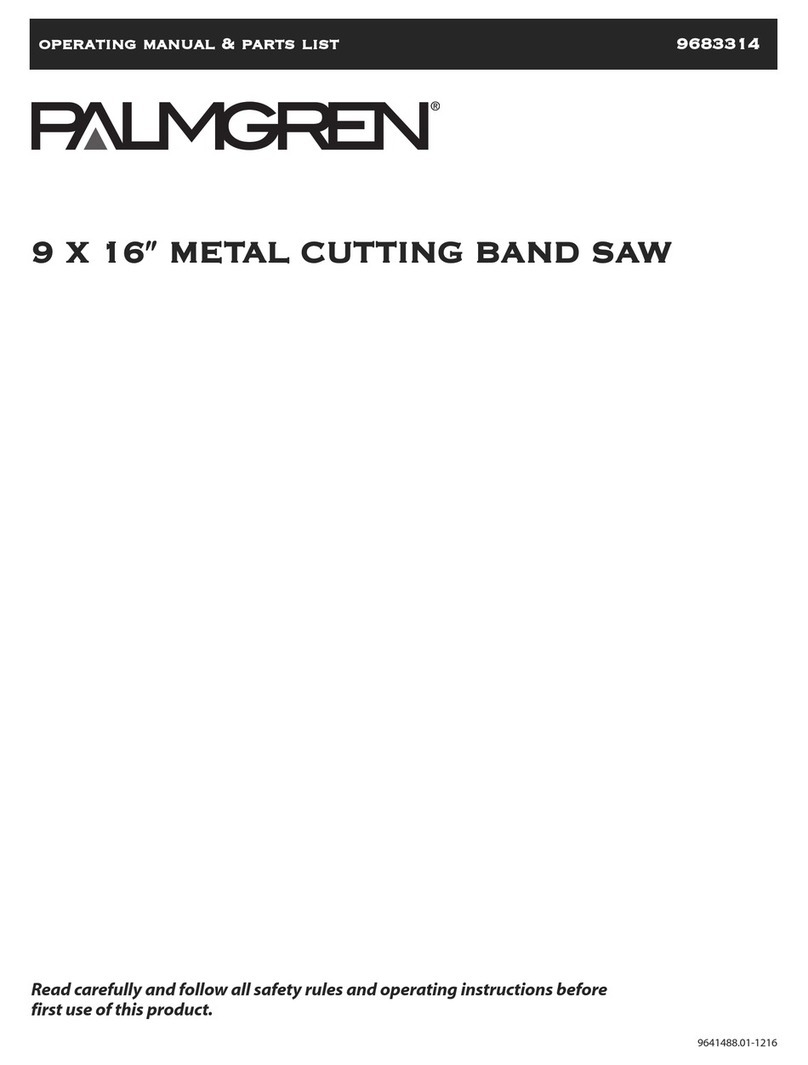
MAINTENANCE / REPAIR TROUBLESHOOTING OPERATION ASSEMBLY / INSTALLATION SAFETY / SPECIFICATIONS GETTING STARTED
4
SAFETY RULES
Completely read and understand this
owner’s manual before assembly or tool
operation. Read and understand the warnings shown on the
machine and in this manual. Failure to comply with all of
these warnings may cause serious injury or death.
PROPOSITION 65 WARNING: Some dust created by
using power tools contain chemicals known to the state
of California to cause cancer, birth defects or other
reproductive harm.
Some examples of these chemicals are:
• Lead from lead-based paints
• Crystalline silica from bricks and cement and other masonry
products.
• Arsenic and chromium from chemically-treated lumber.
Your risk from these exposures varies, depending on how often
you do this type of work. To reduce your exposure to these
chemicals: work in a well ventilated area and work with approved
safety equipment. Always wear an OSHA/NIOSH approved,
properly fitting face mask or respirator when using such tools.
Always follow proper operating
procedures as defined in this manual
even if you are familiar with the use of this or similar tools.
Remember that being careless for even a fraction of a
second can result in severe personal injury.
PREPARING FOR YOUR JOB
• Wear proper apparel. Do not wear loose clothing, neckties,
rings, bracelets or other jewelry which may get caught up in
moving parts of machine. Do NOT wear gloves.
• Wear protective hair covering to contain long hair.
• Wear safety shoes with non-slip soles.
• Wear safety glasses complying with United States ANSI
Z87.1. Everyday glasses have only impact resistant lenses.
They are NOT safety glasses. Use guards and eye shields.
• Wear face mask or dust mask if operation is dusty.
• Wear ANSI approved ear protection for extended operation.
• Be alert and think clearly. Never operate power tools when
tired, intoxicated or when taking medications that cause
drowsiness.
• Focus your attention completely on your work. Looking
around, careless actions and other distractions can result in
serious injury.
Preparing the work area for your job
• Keep work area clean. Cluttered work areas invite accidents.
• Do not use power tools in dangerous environments. Do not
use power tools in damp or wet locations. Do not expose
power tools to rain.
• Work area should be properly lighted.
• Keep visitors at a safe distance from work area.
• Keep children out of workplace. Make workshop childproof.
Use padlocks, master switches or remove switch keys to
prevent any unintentional use of power tools.
Maintaining your tool
• Failure to follow the guidelines in this manual can result in
serious injury.
• Disconnect the tool completely from its power supply before
performing any servise, maintenance, repair or adjustments.
• Follow OSHA lock-out, tag-out procedures to prevent
accidental machine starts.
• Consult this manual for the proper use, specific maintenance,
and adjustment procedures.
• Keep tool lubricated and clean for safest operation.
• Read and understand warnings posted on the machine and
in this manual. Replace the warning labels if they become
obscured or removed. Failure to comply with all of these
warnings can result in serious injury.
• Before using the machine, check for damaged parts. Check
for alignment of moving parts, binding, breakage, mounting
issues and any other conditions that may affect operation.
• A guard or other part that is damaged should be properly
repaired or replaced. Do not perform makeshift repairs.
(Use parts list provided to order repair parts.)
• Use compressed air or a suitable brush to clear chips or
debris — do not use your hands.
• Remove adjusting tools. Form habit of checking to see that
adjusting tools are removed before switching machine on.
